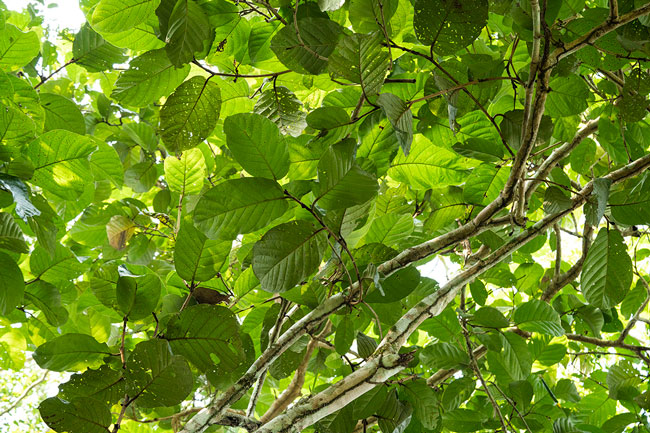The Hidden Health Gem: Papaturro (Coccoloba belizensis)

A Natural Marvel in the Wetlands of Livingston
Papaturro, scientifically known as Coccoloba belizensis, is a fascinating plant that thrives in the humid forests of the Atlantic zone, particularly in the Caribbean area of Guatemala. This tree is often found in the same habitat as other abundant forest species like Sabal mauritiiformis and Sebastiania tuerckheimiana. It’s a species that has intrigued researchers and locals alike, not just for its ecological significance but also for its potential health benefits.
Not Your Ordinary Grape Tree
Contrary to what its name suggests, Coccoloba belizensis is not a vine but a tree. It belongs to the Polygonaceae family and is also known as “wild grape” or “uva silvestre.” The tree bears globular fruits that grow in clusters, resembling grapes. However, these are not your typical grapes; they are unique to the Coccoloba genus and offer a range of health benefits that are yet to be fully explored.
Nutritional and Medicinal Potential
While the PDF didn’t explicitly mention the health benefits of Coccoloba belizensis, it did indicate that the plant has edible potential. It’s a tree that can be found on the beaches of Livingston and could serve as an alternative food source for local communities. The plant is also considered to have potential medicinal usage, although specific details are not provided.
A Tree with a Rich Botanical Background
The Coccoloba belizensis tree can grow up to 25 meters high and has a trunk that can be 45 cm in diameter. Its leaves are large, thick, and coriaceous, often measuring up to 30 cm long and 24 cm wide. The tree produces flower spikes that are usually very dense, and its fruits are subglobose, measuring about 5 mm in diameter when dry.
Where to Find This Hidden Gem
This tree is not just limited to Guatemala; it’s also found in Belize and parts of Mexico. In Guatemala, it’s particularly abundant in the Municipio de Livingston. It’s listed in several natural reserves like Ecoalbergue Lagunita Creek and Sarstoon-Temash National Park.
Why You Should Care
Coccoloba belizensis is more than just a tree; it’s a symbol of the rich biodiversity that exists in the wetlands of Livingston. Its potential as a source of nutrition and medicine makes it a subject of interest for both researchers and health enthusiasts. As we continue to explore its benefits, Coccoloba belizensis stands as a testament to the untapped natural resources that could revolutionize our approach to health and well-being.
Sources:
- “Livingston Coccoloba belizensis for quick 1st edition report field trips for PDF DS Oct 21, 2022 PPMA,” Pages 10-17.
- Papaturro: Nature’s Hidden Gem for Health and Wellness
0 comments